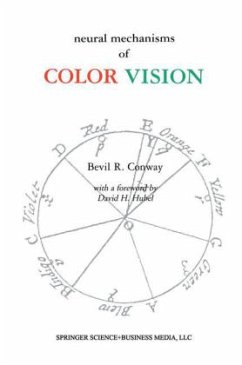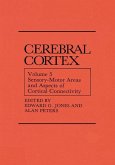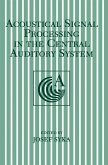Dr. Conway mapped the spatial and temporal structure of the cone inputs to single neurons in the primary visual cortex of the alert macaque. Color cells had receptive fields that were often Double-Opponent, an organization of spatial and chromatic opponency sufficient to form the basis for color constancy and spatial color contrast. Almost all color cells gave a bigger response to color when preceded by an opposite color, suggesting that these cells also encode temporal color contrast. In sum, color perception is likely subserved by a subset of specialized neurons in the primary visual cortex. These cells are distinct from those that likely underlie form and motion perception. Color cells establish three color axes sufficient to describe all colors; moreover these cells are capable of computing spatial and temporal color contrast - and probably contribute to color constancy computations - because the receptive fields of these cells show spatial and temporal chromatic opponency.
"... need to reiterate that this is fascinating and important work and that the introduction is an especially enjoyable, clear, useful addition to the published experimtental work. ... would recommend this as a worthy addition to your office bookshelf or your library..."
(Perception, 32 (2003)
(Perception, 32 (2003)








